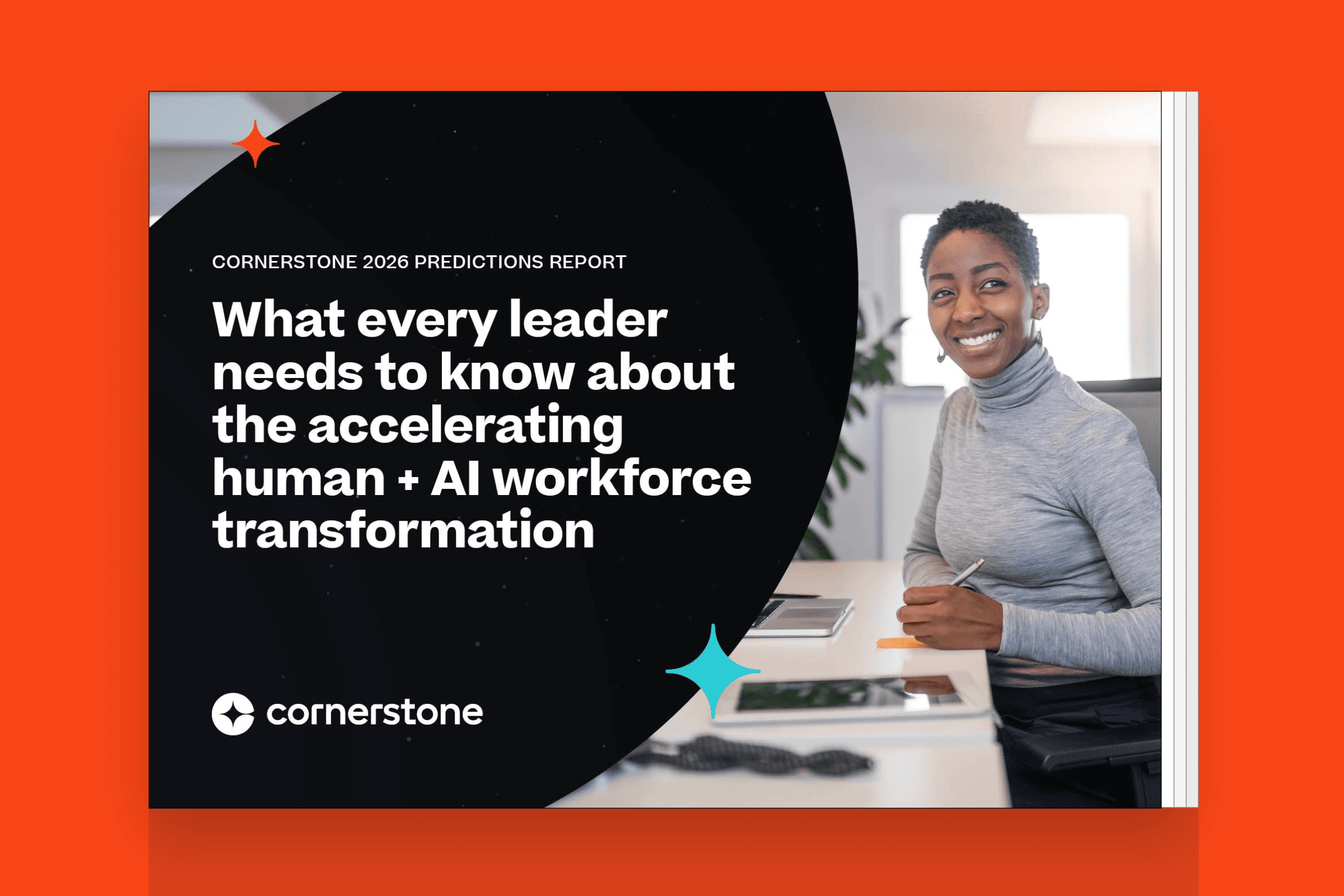Today's wellness programs still heavily rely on viewing historical data, which forces you to design your health and wellbeing plans by looking through the proverbial rearview mirror. In a time where the focus is on "prevention," this method means we may already be too late.
What if you could look outward through the windshield and see what's ahead, avoid accidents and become the most efficient drivers on this journey to employee health? More importantly, what if possessing such "powers" was the difference between saving a colleague's life and losing someone?
What Are Health Analytics?
Artificial intelligence (AI) has found its way into the healthcare industry, and for good reason. Healthcare providers need technology to help them make better decisions regarding patient care. That's where health analytics plays a vital role, analyzing medical and pharmacy claims, biometric screening data, as well as other sources that provide a level of influence and confidence in the decision making process.
Data scientists have developed sophisticated algorithms, that can now predict within a 95 percent accuracy if someone will visit the Emergency Room within the next 12-months, as well as forecast future healthcare cost drivers. Such tools are now being made available outside "the clinic" and into the hands of employers, health plans, insurance brokers and wellness providers.
Image courtesy of MEDAi - Based on an independent study by Milliman
An independent study across 100 employers, totaling 176,000 employees, set out to determine the accuracy of one such AI too, MedAi. The blue dots represents the predicted healthcare costs and the overlaying pink dots reflect the actual costs incurred. This study demonstrated the accuracy of the forecasting tool to be within a 95 percent certainty.
Think on that for a second. Can you imagine if you knew that Susan in Human Resources was likely going to have a major health event within the next year that would put her in the Emergency Room? Though HIPAA prevents you from knowing this about Susan directly, your health coaching vendor could, potentially, save her life. Pretty amazing, right?
What Can You Do With Health Analytics?
What if you could filter the data on your organization by location, demographics and health condition? You might instantly see that your facility in Wichita, KS has a prevalence of high cholesterol among your male population over age 40, costing you a forecasted amount of $150,000. Plus, 5 percent of those identified will likely be in the Emergency Room within the next year, and 20 percent of them don't currently have a Primary Care Physician (PCP). What could you do armed with this kind of information? The correct answer: a lot!
Image courtesy of Springbuk.com, displaying data filter capabilities that react instantly on the dashboard. Tools like Springbuk allow you to create a focused cohort, so you can monitor groups over time to see if care gaps are being closed and forecasted costs are decreasing.
For example, you could send out mailers to all your male workers about the importance of having a PCP and showcase 3-4 providers in-network within 5-miles of the facility. Your Health Coaching vendor could provide outreach to these employees to discuss ways of decreasing their cholesterol, and your Disease Management vendor could assist in closing care gaps. (And if you don't have vendors, you now have the data to inform your leadership that you need them!)
Health analytics are the future of employee health management, and today's wellness leaders know that in order to make a sustainable impact on employee health—and healthcare costs—they need to be armed with smart intelligence.
Header Photo: Twenty20


